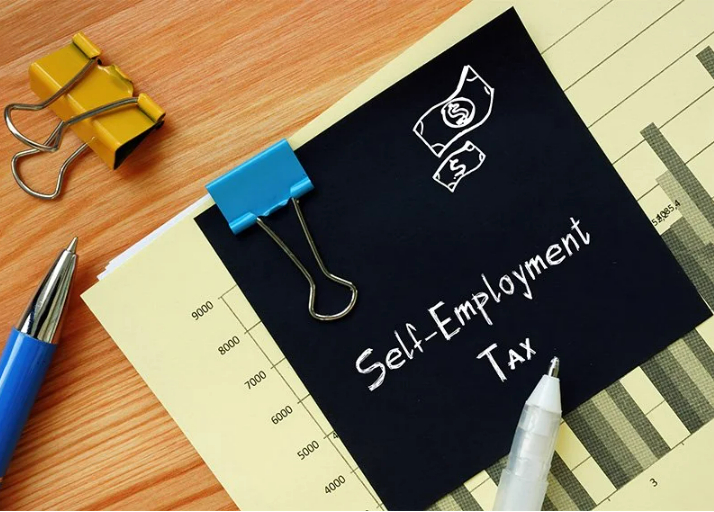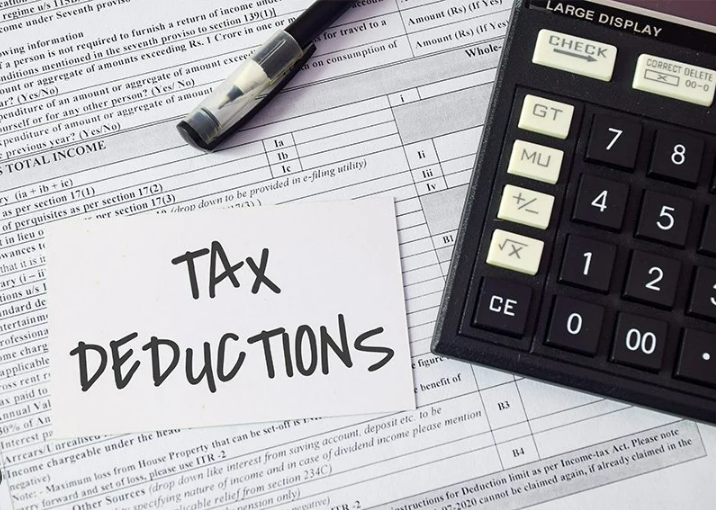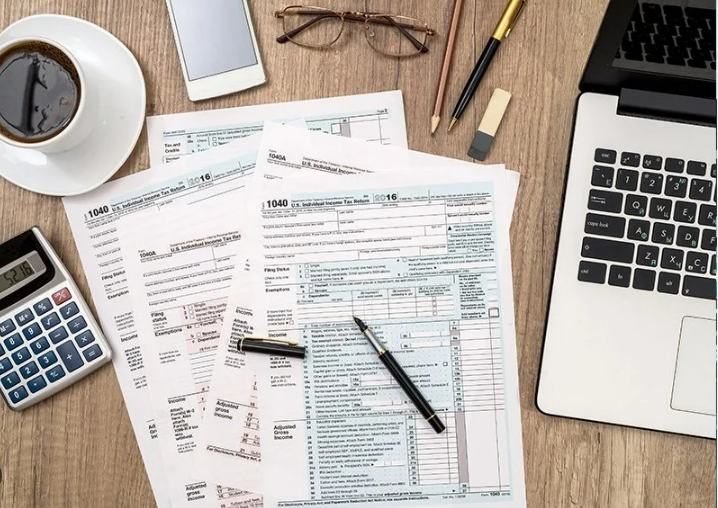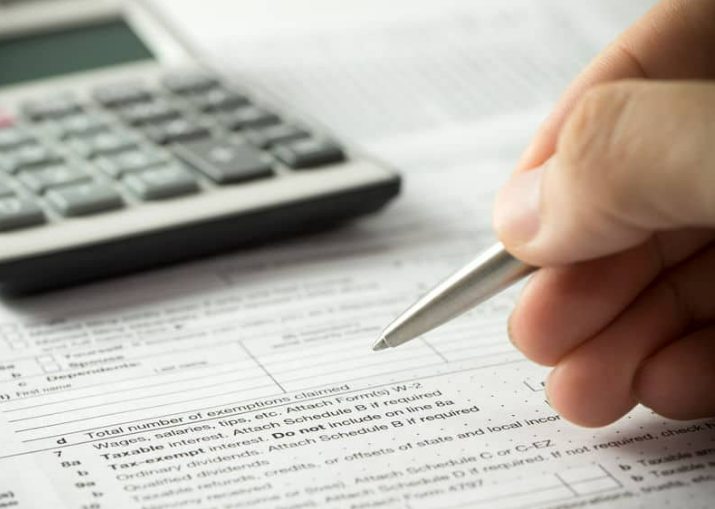Tax Deductions For The Self-Employed

Tax season can be a bit isolating for self-employed individuals, as navigating through the myriad of personalized expense categories to determine eligible deductions can be challenging. However, regardless of income level, these deductions can result in substantial savings. Let’s delve into the deductions accessible to the self-employed and how to go about claiming them.
Startup Expenses
New business owners will be pleased to learn that many startup costs are tax-deductible, especially in the inaugural year of operation. While the IRS typically prefers taxpayers to deduct significant expenses over time, those filing in the first year of active business can deduct up to $5,000 in startup costs.
These expenses encompass a range of activities, including market research, attorney and accountant fees, advertising, and any travel expenses associated with establishing your business. However, it’s important to note that if your total startup costs exceed $50,000, your $5,000 deduction will be reduced accordingly.
Furthermore, setting up a corporation or LLC for your business may qualify you for an additional deduction of up to $5,000 to cover organizational efforts and legal fees.
Home Office Deduction
For many self-employed individuals who operate from home, the workspace often represents a significant tax deduction. While it may not always be the largest deduction available, your workspace serves as the focal point for claiming business expenses such as furniture, electronics, and stationery.
Whether you’re utilizing a portion of your home or renting a separate space, you may qualify for a home office deduction provided you meet specific criteria. Firstly, the IRS mandates that the area must be used exclusively for business purposes. If you are also employed by a company and use the same office space for that role, you cannot claim it as a home office deduction.
Secondly, it’s essential to ensure that your home office serves as your primary work environment. If you frequently work outside your home by choice or necessity, it may impact your eligibility for the deduction.
Calculating Home Office Costs

During tax season, when it’s time to calculate your deduction for your workspace, you typically have two options: the simplified method and the regular method.
The simplified option offers a quick and straightforward way to determine your workspace deduction, thanks to a standardized formula. Simply measure the square footage of your office and multiply it by $5. With a maximum coverage of 300 square feet, this method can potentially save you up to $1,500 on your tax return.
On the other hand, the regular method involves calculating the percentage of your home occupied by your home office. To determine your deduction, divide the square footage of your workspace by the total square footage of your home. Then, multiply this percentage by the sum of your home’s total allowable expenses.
To decide which method is best for you, consider whether you’ve maintained detailed records for the regular method. If so, and you’re comfortable crunching the numbers, you can try both approaches and choose the one that results in the higher deduction.
Business Mileage Deduction
When you use your personal vehicle for work-related tasks, you can claim a deduction for the mileage on your tax return. However, if you also use the same vehicle for personal purposes, you’ll need to distinguish between business and personal mileage.
Similar to the home office deduction, there are two methods for claiming mileage: the standard mileage rate and the actual expense method. As expected, the standard mileage rate is easier to use, while the actual expense method may offer greater rewards but requires more effort.
Calculating Your Mileage Costs
To claim this deduction, you can use the standard mileage rate, which is set annually for tax purposes, and multiply it by the business miles you’ve driven. However, certain conditions must be met: you must own or lease the vehicle, operate five or fewer vehicles at the time of filing, and demonstrate that you haven’t claimed depreciation on the vehicles.
Alternatively, the actual expense method allows you to determine the precise business percentage of your annual mileage. This approach entails recording the dates, times, and odometer readings of your business trips, as well as any associated expenses such as fuel, repairs, insurance, lease payments, or tolls.
Travel Expenses

Regarding mileage, self-employed individuals have the opportunity to deduct travel expenses directly tied to their business activities. This encompasses expenses like airline tickets, taxi fares, lodging, and conference passes, along with ancillary expenses such as baggage fees and meals.
As per IRS guidelines, travel expenses are deductible whenever you’re away from home for longer than a typical workday. The crucial factor in claiming these deductions effectively is to maintain reasonableness: opt for economy class, dine modestly, and cover tips using personal funds.
Advertising And Educational Costs
Self-employed individuals and freelancers have the advantage of deducting expenses associated with promoting their business name. Whether investing in traditional advertising channels like television and radio or engaging in social media and direct mail campaigns, it’s vital to meticulously record all expenditures.
Similarly, educational expenses relevant to your business pursuits are deductible. Courses aimed at enhancing your existing business skills are eligible for deduction, while those intended for pursuing an unrelated career path are not.
What Is Self-Employment Tax?

Similar to the deductions for Social Security and Medicare taxes that are taken from most employees’ wages, self-employment tax consolidates these taxes into a single amount. Presently, the tax rate stands at 15.3%, with 12.4% allocated for Social Security and the remaining 2.9% for Medicare.
Self-employment tax pertains to freelancers, independent contractors, and small business proprietors. Utilizing Schedule SE (Form 1040 or 1040-SR), individuals can calculate their self-employment tax and subtract the employer-equivalent portion to determine their adjusted gross income.
Health And Retirement Costs
While health insurance costs may pose a challenge for self-employed individuals, careful planning can help mitigate them. You can deduct the insurance premiums you’ve paid, whether they’re for yourself or any dependents on your plan.
Similarly valuable is the deduction for contributions to self-employed retirement plans. The IRS permits contributions of up to 25% of your net earnings from self-employment, which for 2023 translates to a maximum of $66,000!
Stay Informed

Navigating tax season as a self-employed individual or freelancer can sometimes feel like wandering through the wilderness. However, understanding these tax deductions can provide a sense of relief while strengthening your business.
Although exploring these incentives is crucial, it’s worth noting that tax laws undergo constant changes. To ensure you’re making the most of deductible claims, consider consulting with a financial advisor or tax professional.



